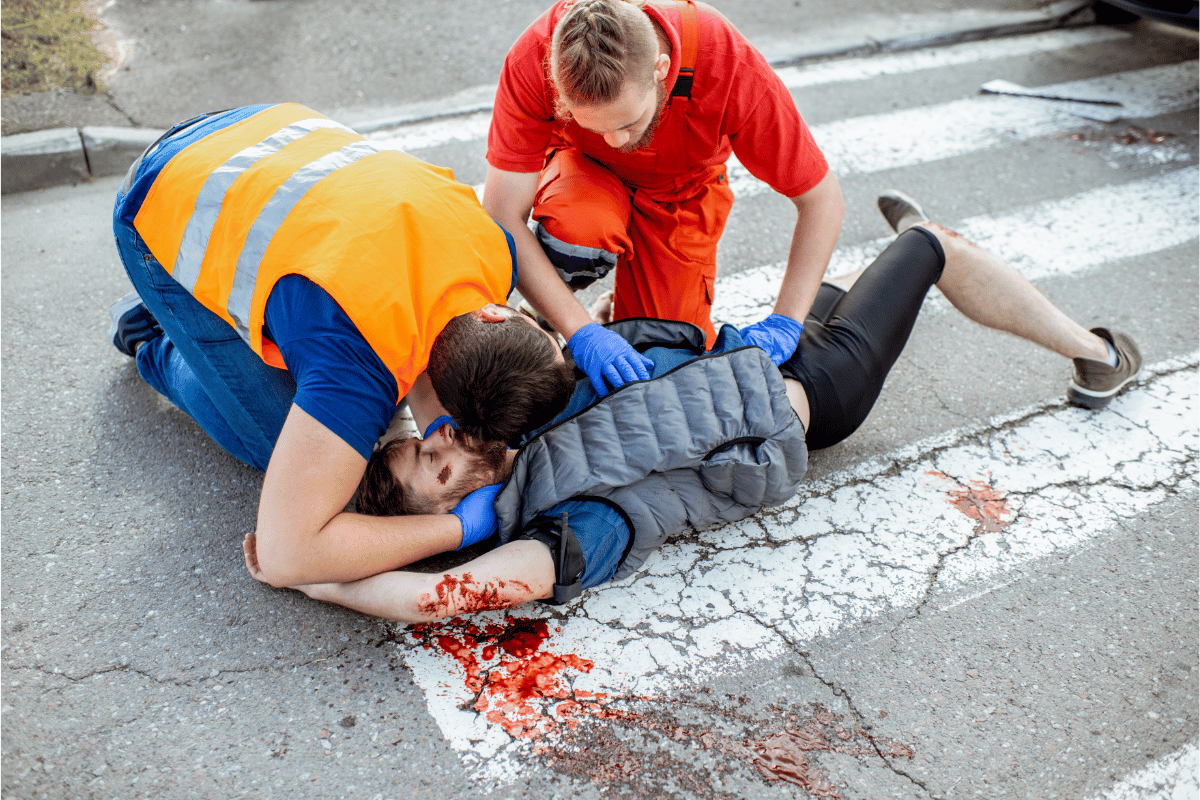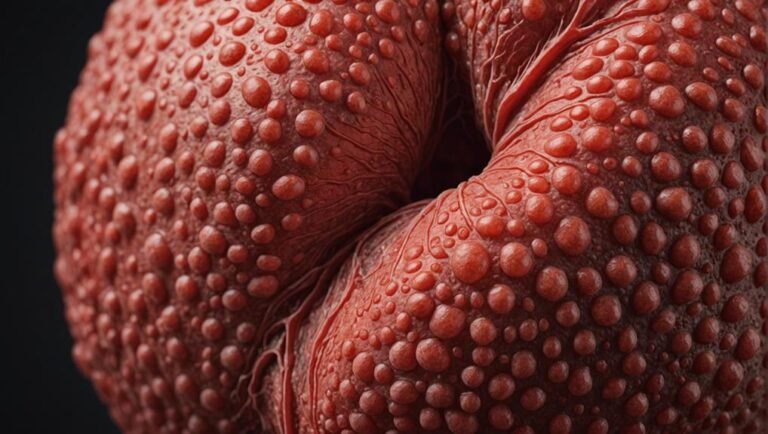First Aid: Direct Pressure to Control Bleeding
When dealing with bleeding, remember: direct pressure is key. Place a clean pad on the wound and press firmly. Elevate the wound above heart level for better results. Keep the pressure steady until help arrives. Once bleeding slows, securely tie the pad in place. These steps are essential in controlling bleeding effectively and preventing complications. Mastering this technique is important in emergency situations. Remember, quick action can make all the difference in helping the injured. For more in-depth tips on handling bleeding emergencies, explore further resources available.
Key Takeaways
- Apply direct pressure to stop bleeding effectively.
- Elevate the wound above heart level for better control.
- Use a clean compress and maintain firm pressure.
- Avoid lifting the dressing; seek medical help if bleeding persists.
- Proper technique includes tying the pad securely in place.
Importance of Direct Pressure
When facing deep wounds or heavy bleeding, applying direct pressure is essential to control and stop the bleeding effectively. The benefits of applying direct pressure include effectively stemming the flow of blood from the wound, which helps in clot formation.
This immediate action is highly effective in preventing excessive blood loss, reducing the risk of shock, and promoting faster wound healing. By applying firm pressure with a clean compress and elevating the wound above the heart, you can greatly improve the chances of stopping the bleeding.
Remember to tie the pad firmly in place once bleeding slows to maintain pressure. Following these steps diligently enhances the effectiveness of direct pressure in managing bleeding emergencies.
Steps for Applying Pressure
To effectively apply pressure to control bleeding, make sure the wound is elevated above the heart and firmly compress the area with a clean pad. This step is vital in first aid training techniques for managing bleeding.
Once the wound is elevated, maintain pressure until help arrives. This technique is essential in emergency response protocols to prevent excessive blood loss.
Remember to tie the pad securely in place using gauze strips or any available material once the bleeding slows down. Proper application of pressure can help stop bleeding effectively in various situations.
Be prepared to apply this technique confidently in emergencies to provide essential care before professional medical assistance is available.
Using Proper Techniques
Moving from applying pressure to controlling bleeding, make sure that your compression remains vital and consistent to effectively halt the flow of blood. In emergency situations, utilizing proper techniques is essential for managing bleeding effectively—skills that are thoroughly covered in a comprehensive first aid training course.
Here are some key points to keep in mind:
| Proper Technique | Description |
|---|---|
| Maintain Firm Pressure | Ensure continuous pressure on the wound. |
| Check and Readjust | Regularly assess the effectiveness of compression. |
| Do Not Remove Dressing | Avoid lifting the dressing to check for bleeding. |
| Seek Further Help | If bleeding persists or worsens, seek medical aid. |
When to Seek Further Help
Wondering about the appropriate time to seek further medical assistance for controlling bleeding?
It’s advisable to seek advanced first aid or medical help if the bleeding doesn’t stop despite applying direct pressure, elevating the wound, and using other first aid techniques.
Additionally, if the wound is deep, continues to bleed heavily, or shows signs of infection such as increasing redness, warmth, swelling, or discharge, it’s essential to seek further assistance promptly.
Signs of infection may include pus-like drainage, fever, or increased pain.
Remember that timely intervention can prevent complications, so don’t hesitate to seek professional medical help when faced with these situations.
Additional Tips for Bleeding Control
For better bleeding control, consider applying pressure directly to the wound using a clean compress and elevating it above the heart level. Proper wound care involves cleaning the wound with mild soap and water, removing any debris, and covering it with a sterile bandage. Remember to replace the bandage regularly to prevent infection.
Utilize first aid techniques by applying antibiotic ointment to promote healing and minimize the risk of infection. Keep the wound dry and avoid soaking it in water to aid in the healing process. If the bleeding persists, seek medical help promptly. By following these wound care and first aid techniques, you can effectively manage bleeding and promote faster healing.
Conclusion
In times of crisis, mastering the technique of applying direct pressure can mean the difference between life and death. By acting quickly and confidently, you can control bleeding effectively and potentially save a life.
Remember, staying calm and using essential techniques are vital in emergency situations. Equip yourself with the knowledge and skills needed to handle critical moments with precision and skill.
Be prepared to act decisively when it matters most.







